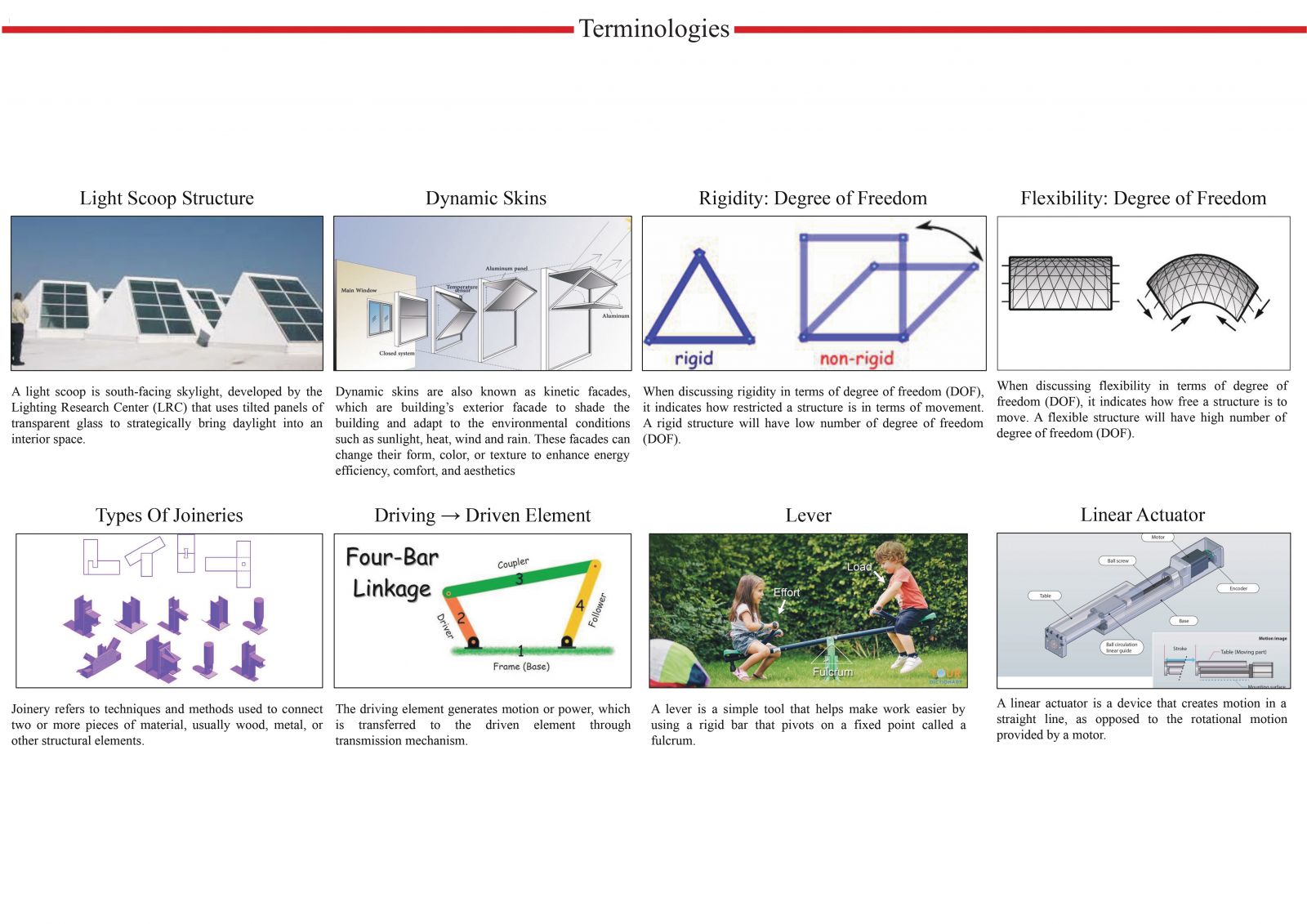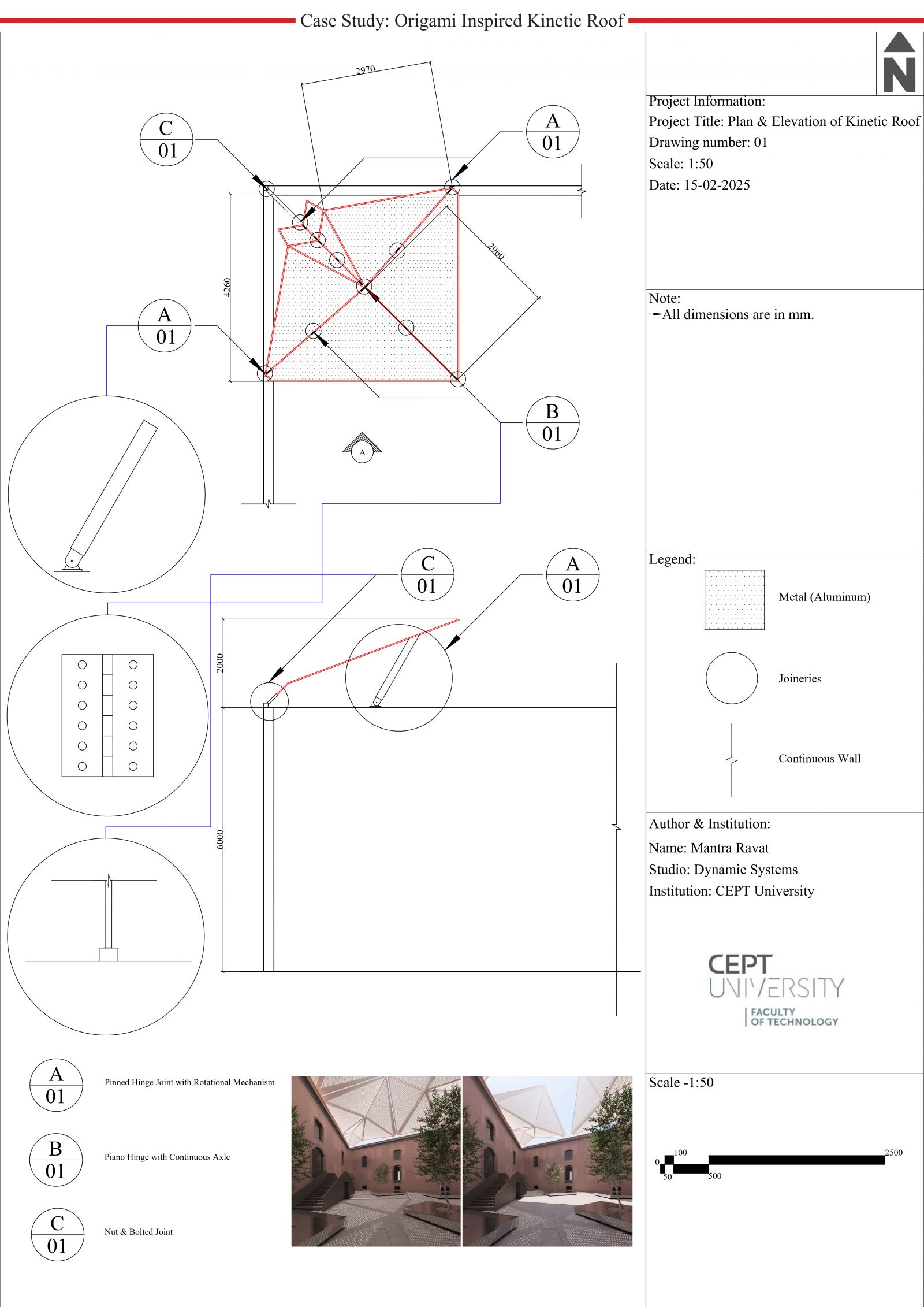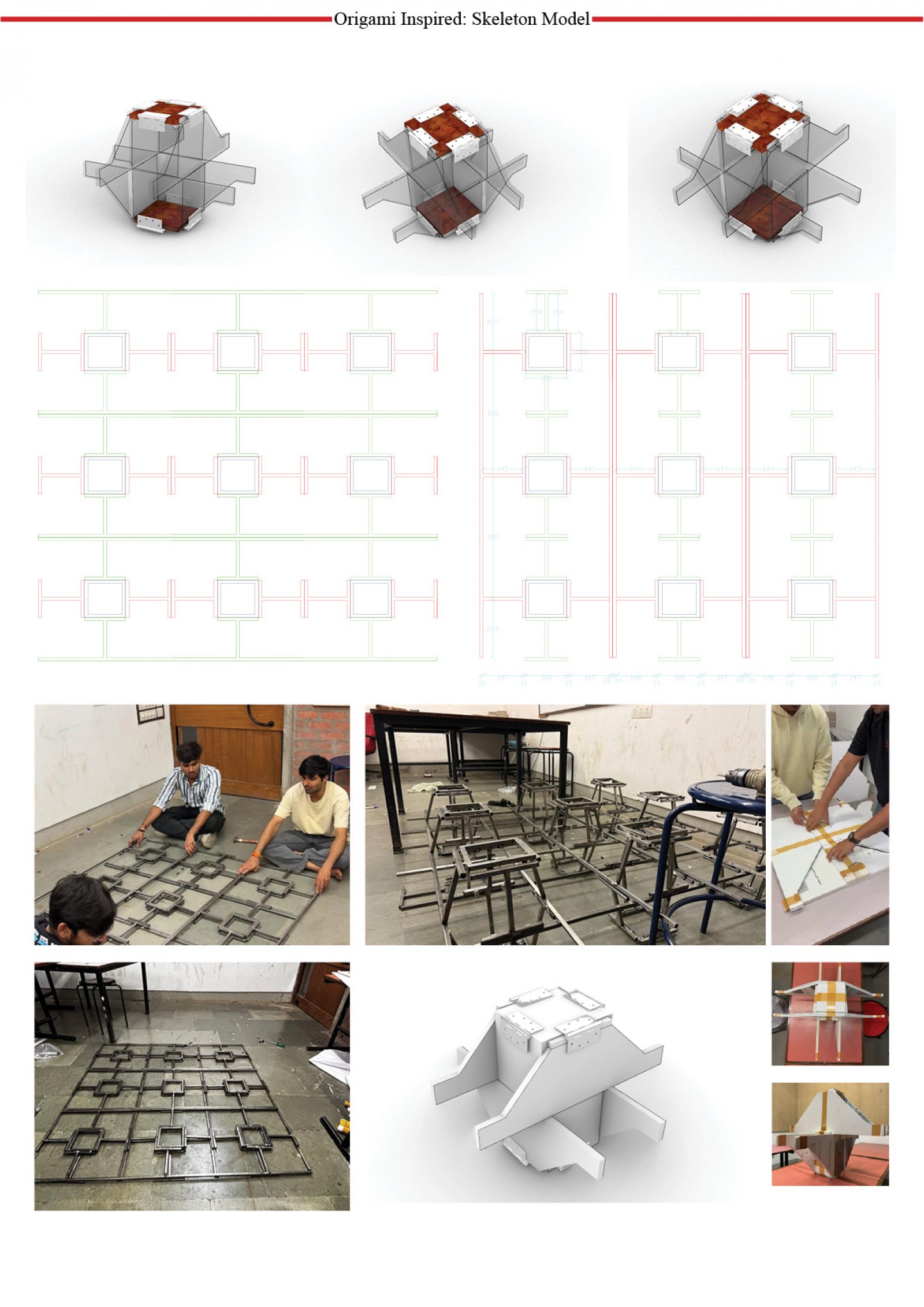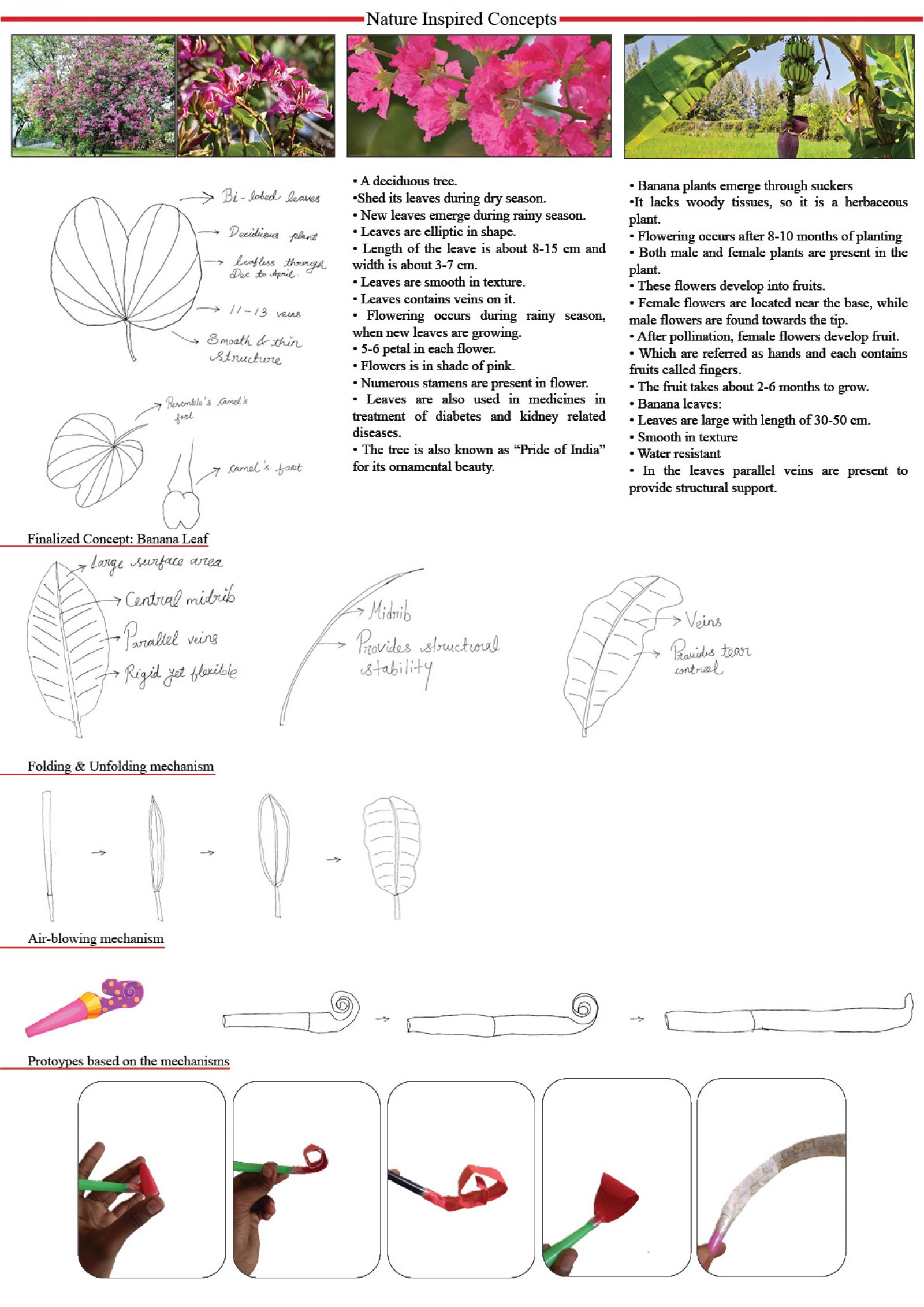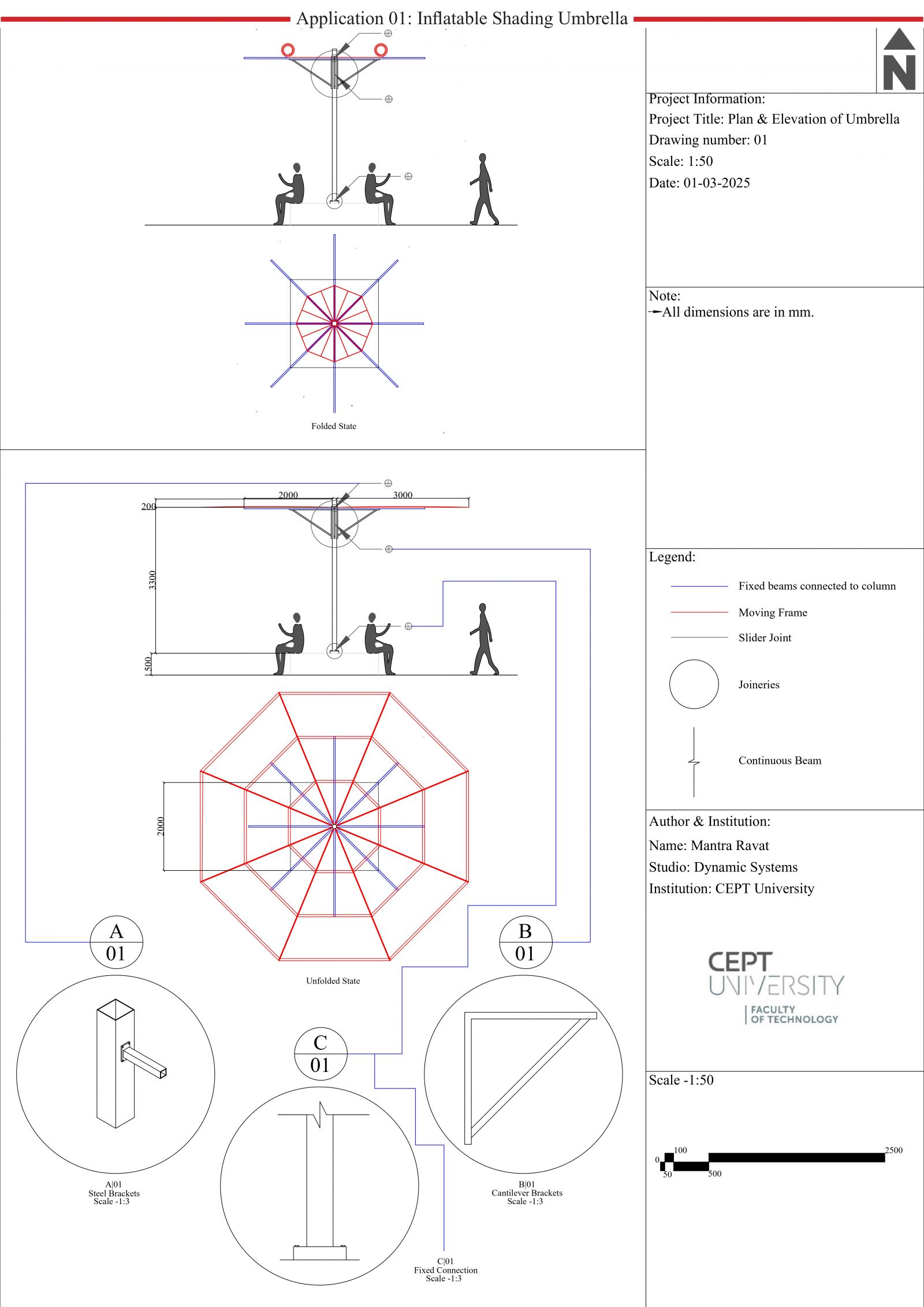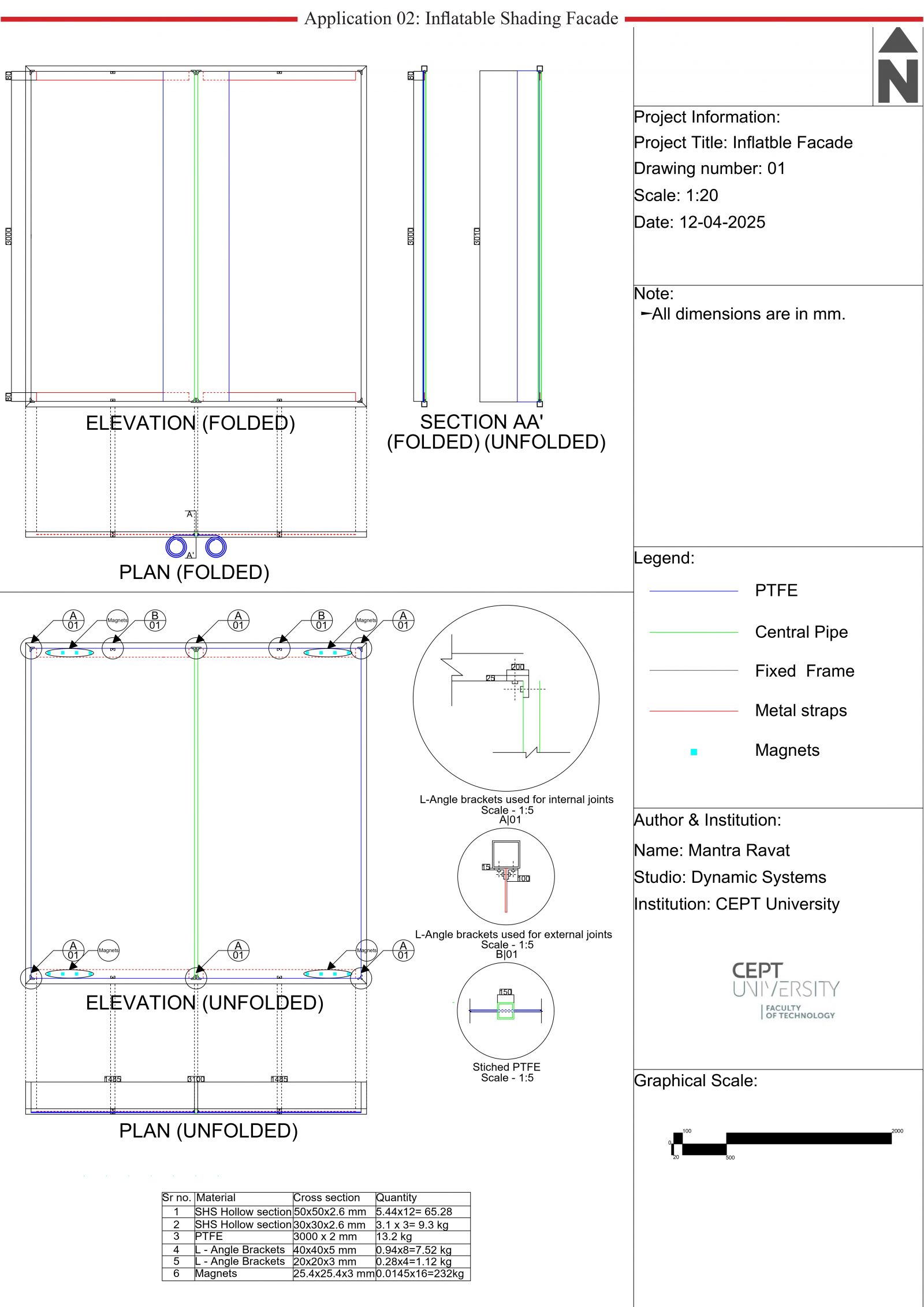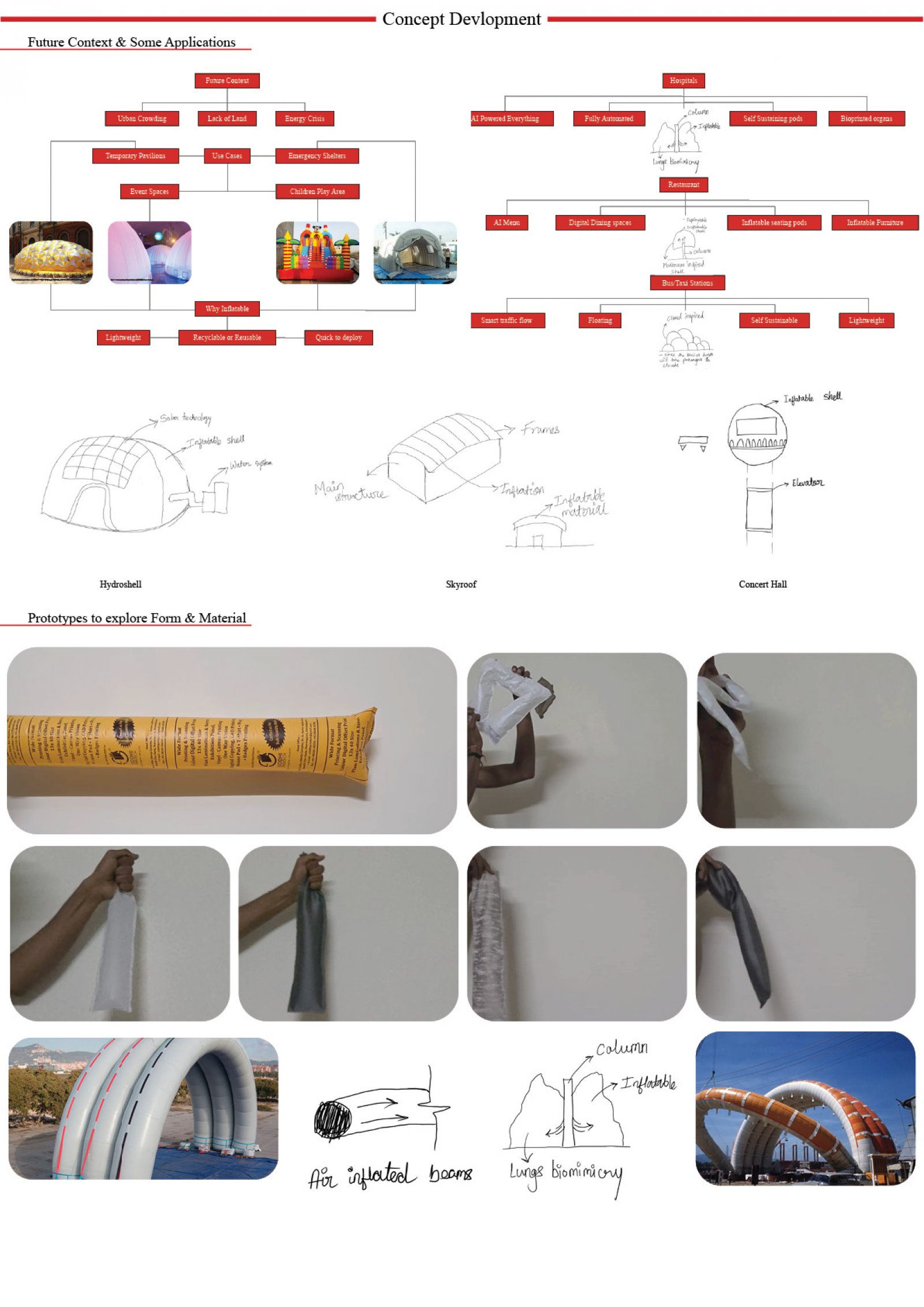Your browser is out-of-date!
For a richer surfing experience on our website, please update your browser. Update my browser now!
For a richer surfing experience on our website, please update your browser. Update my browser now!
This project explores inflatable structures, drawing inspiration from natural elements like banana leaves and lung mechanisms, the study focuses on motion and air inflation system.Through prototyping and case studies such as the Eden Project and Fuji Pavilion, the portfolio investigates real-world applications like shading devices and medical pod.The final outcome is a futiristic,deployable, inflatable medical pod designed for the year of 2040 with rapid response in off grid locations.
